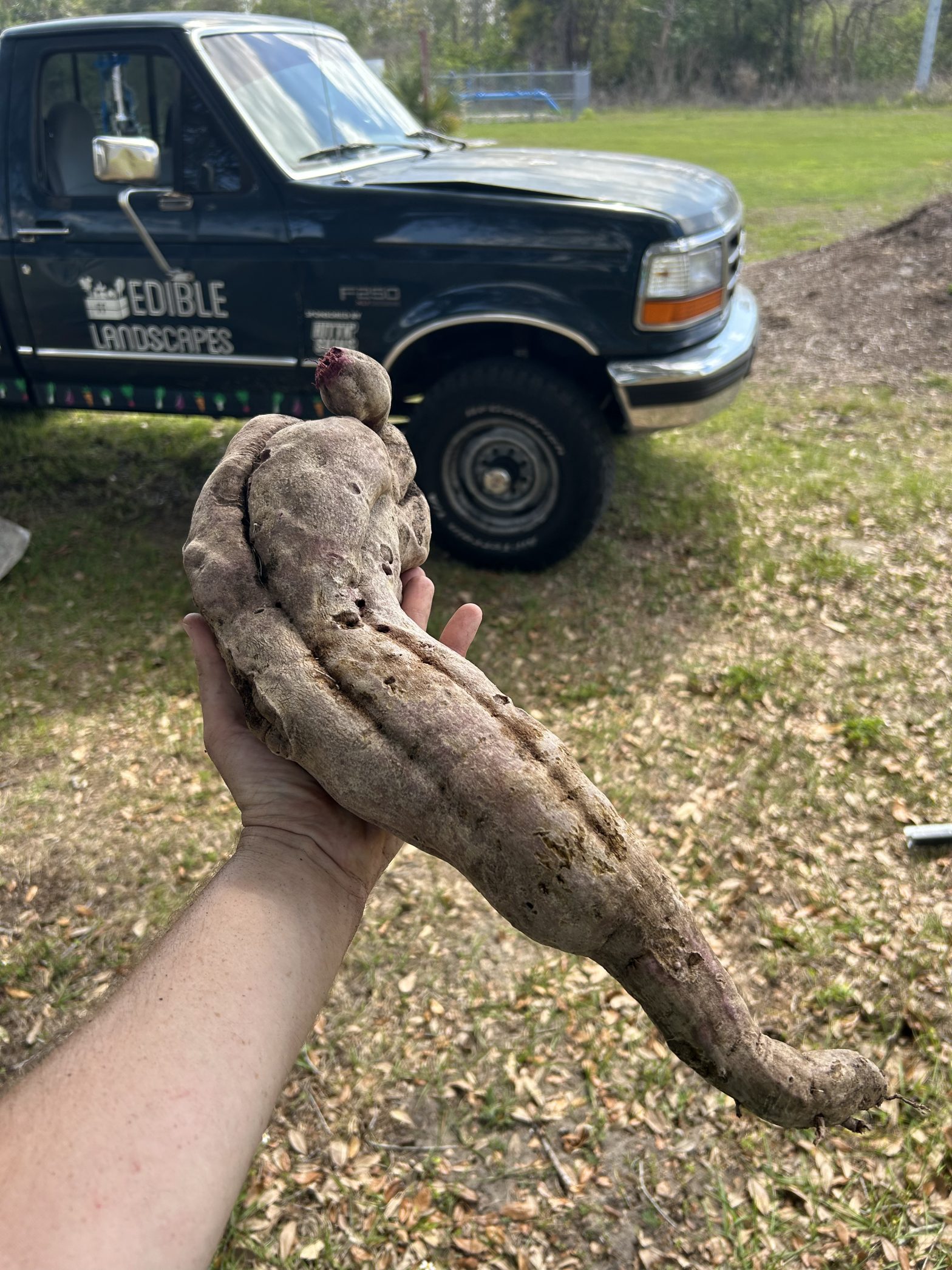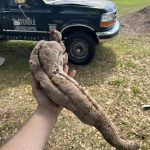Beautiful Plants For Your Interior

Introduction:
In recent years, the culinary world has been captivated by the vibrant hues and unique flavors of Ube, a purple yam native to Southeast Asia. As its popularity continues to soar, many home gardeners in Florida are eager to try their hand at cultivating this exotic tuber in their own backyard. While traditionally grown in tropical climates, Florida’s warm and humid conditions offer an ideal environment for cultivating Ube. In this blog, we’ll explore the ins and outs of growing Ube in Florida, from selecting the right variety to providing optimal growing conditions and harvesting a bountiful crop.
Choosing the Right Variety: Before diving into the cultivation process, it’s essential to choose the right variety of Ube for your garden. While there are several varieties of purple yam, the Dioscorea alata, commonly known as “Purple Yam” or “Ube,” is the most sought-after for its vibrant purple flesh and sweet flavor. When selecting Ube tubers for planting, opt for disease-free and firm tubers to ensure a healthy start to your garden.
Optimal Growing Conditions:
Ube thrives in warm, tropical climates, making Florida an excellent location for cultivation. Ube can be successfully grown throughout the state, but it particularly thrives in the southern and central regions where the climate is warmer and more consistent. Cities such as Miami, Fort Lauderdale, West Palm Beach, Orlando, and Tampa provide ideal conditions for Ube cultivation due to their subtropical climate and ample sunlight. However, even in northern Florida, where winters can be slightly cooler, Ube can still be grown as an annual crop with proper protection during colder months. Whether you’re a backyard gardener in South Florida or a small-scale farmer in Central Florida, you can harness the Sunshine State’s warmth and humidity to cultivate this exotic tuber and bring a taste of the tropics to your garden.
Planting and Care:
Now that you’ve selected the right variety and prepared your garden, it’s time to plant your Ube tubers. Follow these steps for successful planting and care:
Planting Depth: Plant Ube tubers approximately 2-3 inches deep in the soil, with the sprout facing upward. Space the tubers about 12-18 inches apart to allow room for growth.
Support Structures: Ube plants produce sprawling vines that require support for optimal growth. Install trellises or stakes to support the vines and prevent them from sprawling across the ground.
Fertilization: Apply a balanced fertilizer high in potassium and phosphorus to promote root development and tuber formation. Avoid excessive nitrogen, as it can stimulate excessive foliage growth at the expense of tuber production.
Mulching: Mulch the soil around the base of the plants to conserve moisture, suppress weeds, and regulate soil temperature.
Harvesting and Storage:
With proper care and maintenance, your Ube plants will reward you with a bountiful harvest in approximately 9-12 months. Here’s how to harvest and store your Ube tubers:
Harvesting: Ube tubers are ready for harvest when the vines begin to yellow and die back. Carefully dig around the base of the plant to unearth the tubers, taking care not to damage them.
Curing: After harvesting, allow the Ube tubers to cure in a warm, dry location for 1-2 weeks. This process helps the tubers develop a thicker skin and enhances their flavor.
Storage: Store cured Ube tubers in a cool, dry place away from direct sunlight. Properly stored, Ube tubers can last for several weeks to several months.
In Conclusion:
Growing Ube in Florida is a rewarding experience that allows home gardeners to enjoy the exotic flavors and vibrant colors of this beloved tuber. By selecting the right variety, providing optimal growing conditions, and following proper planting and care techniques, you can successfully cultivate Ube in your own backyard. So roll up your sleeves, dig into the soil, and embark on your Ube-growing journey – a delicious adventure awaits!




